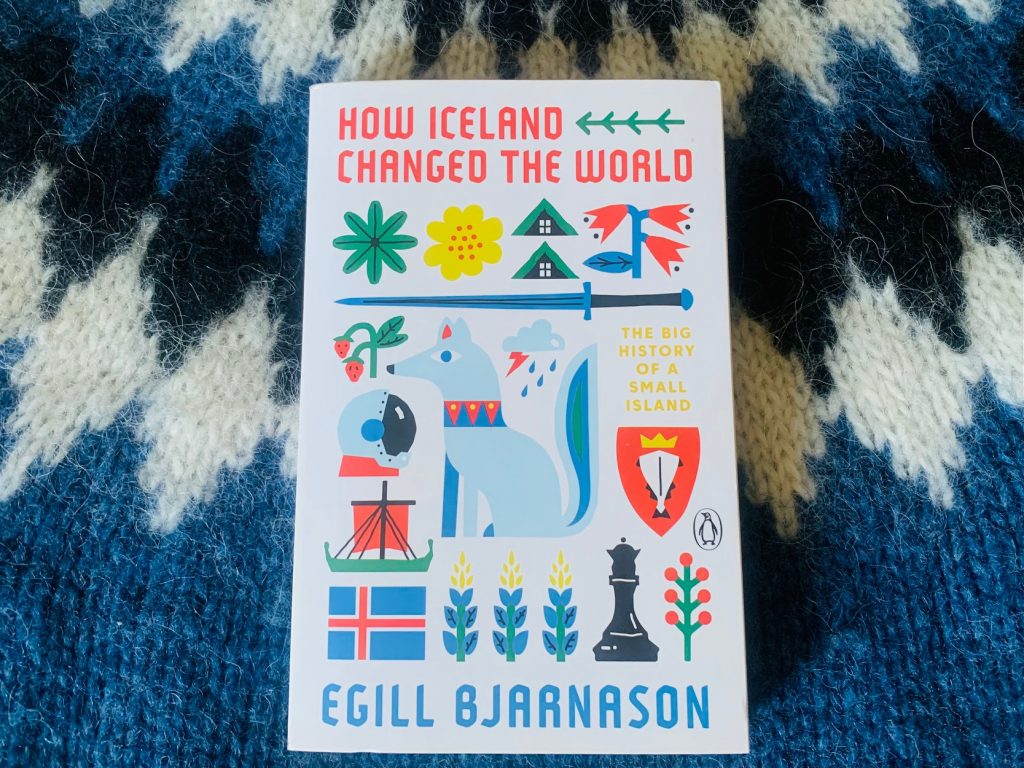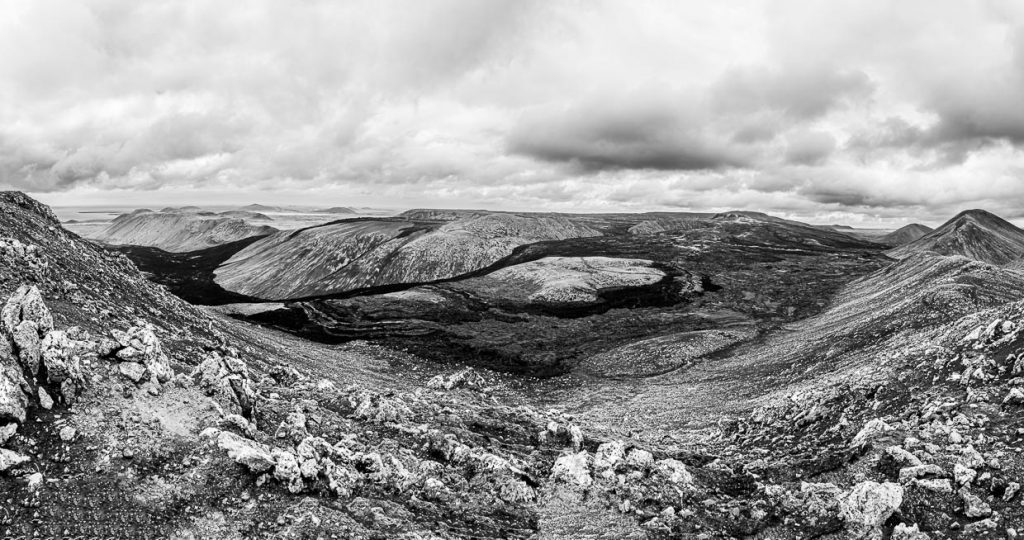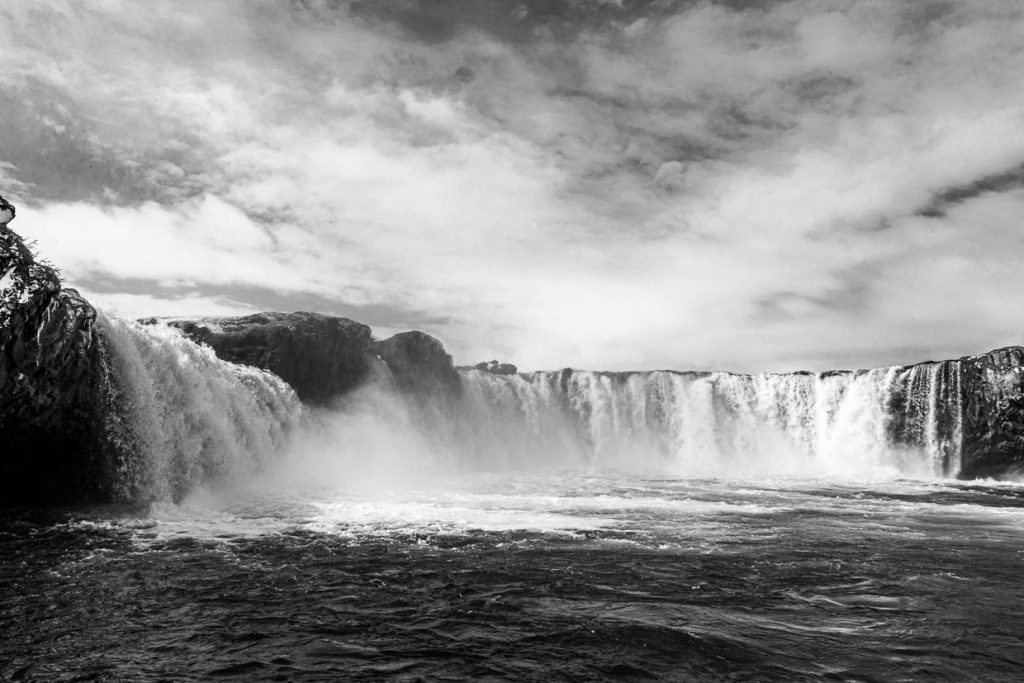Book tip – The big History of a small Country
The book tip for summer vacations is about a cold place that we don’t necessarily have on our radar when it comes to world history of the last 1,100 years. How Iceland changed the World is my favorite souvenir – besides my warm lopapeysa made from the wool of the famous Icelandic sheep – from a three-week trip through Iceland. I wish I had read the book before the trip!

It’s the previously untold story of a small island in the middle of the Atlantic that shaped the world. Icelandic journalist Egill Bjarnason writes laugh-out-loud entertaining and reveals unexpected and exciting connections. Who knows that it was actually an Icelander who discovered America but lost interest early on, that a devastating volcanic eruption in 1783 caused gloom and misfortune across most of the world and spurred the French Revolution, that the bedtime stories of an Icelandic nanny in the home of J.R.R. Tolkien shaped The Lord of the Rings, to the lessons other countries might draw from early Icelandic reforms to gender equality. Long ramblings for a wonderfully condensed book, only 255 pages for over 1000 years. How Iceland Changed the World, Penguin Books. The big History of a small Country! (*)

Iceland – ice and fire
Iceland is where two continents meet. The island is located on the Mid-Atlantic Ridge between the tectonic plates of North America and Eurasia. Iceland is known as the land of ice and fire, as both active volcanoes and huge glaciers characterize the landscape on the island. There are many contrasts in Icelandic nature: lush valleys and vast deserts, narrow fjords and vast plains, high waterfalls and large lakes.

Iceland – Miracle of Geothermal Energy
Energy crisis, my ass! In Iceland, the heating tongues are so warm that you have to open the window to cool down. In Iceland, hot water bubbles up from the earth and before it is allowed to flow unused into the sea, huge greenhouses are heated all year round. With fruitful results. There are Icelandic strawberries, cucumbers and tomatoes in the supermarkets.
Iceland – first photos
(*) This post contains advertising links (also called affiliate or commission links) that lead to Amazon.de.














